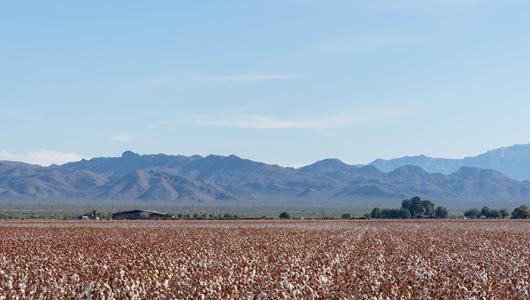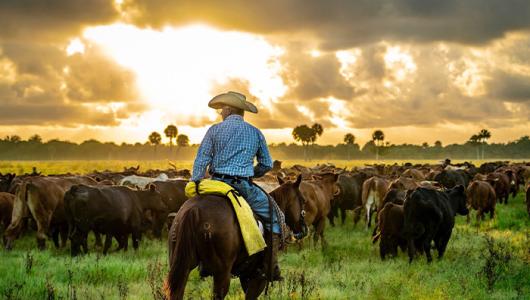Alaska’s Afognak Island is dominated by a rugged, forested landscape of dense, old-growth Sitka spruce. It’s a haven for fish and wildlife, providing pristine habitat for salmon as well as Kodiak brown bear, Sitka black-tailed deer, Roosevelt elk, bald eagles, and other wildlife.
Due to the island’s remote location, forest management has many challenges. Landowners manage for timber production of Sitka spruce and are seeking ways to manage their forest resources more sustainably.

Thanks to the Natural Resources Conservation Service (NRCS) and historic federal funding from the Inflation Reduction Act, Alaska Native landowners on Afognak are managing their privately-owned forestland to mitigate climate change while also supporting local economic development.
The Inflation Reduction Act provides an additional $19.5 billion for NRCS to deliver financial and technical assistance to producers for climate-smart mitigation activities through existing USDA conservation programs. When applied appropriately, these activities are expected to reduce greenhouse gas emissions or increase carbon sequestration.
NRCS is working with two Alaska Native entities, Koniag and Afognak Native Corporation, to help them plan and implement climate-smart forest conservation practices on Afognak Island through USDA’s Environmental Quality Incentives Program (EQIP). The projects will help both entities meet their forest management goals to sustain the health and diversity of the landscape, while also stewarding forest carbon for generations to come.
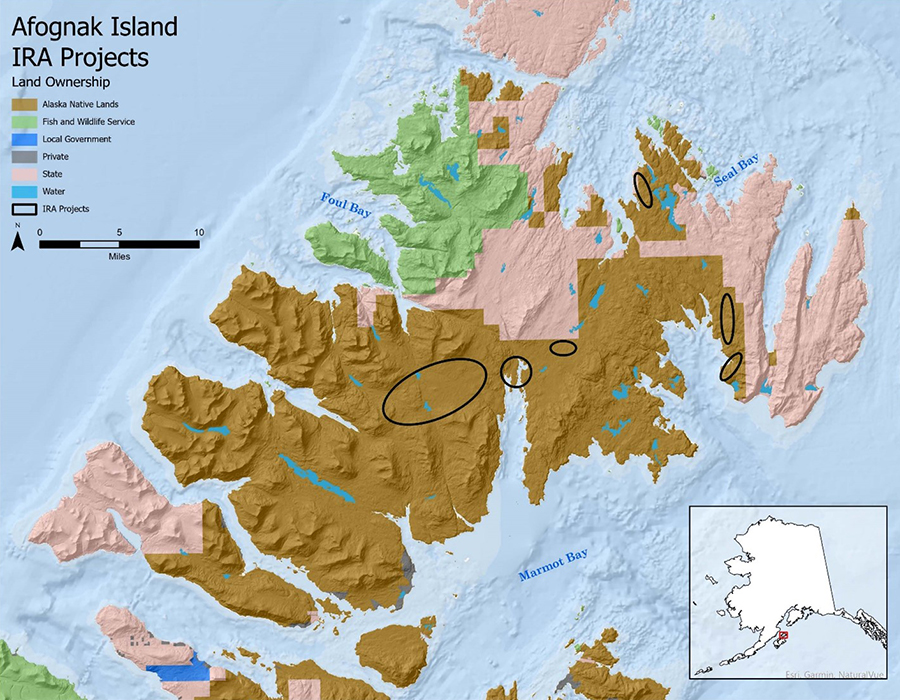
“The Inflation Reduction Act funding has enabled Koniag to continue our program of forest improvement with an ultimate goal of long-term sustainable forestry,” said Peter Olsen, Koniag Natural Resources Manager. “This translates into a reliable source of food, wood products, and employment for generations to come.”
“Alaska is at the forefront of climate change,” said Alan D. McBee, NRCS Alaska State Conservationist. “Because of its northern latitude and seasonal changes in sea ice, the state is warming at two to three times the rate of the global average. Alaskans are resilient, community-based, creative and hard-working people. We are working with private landowners, agricultural producers, Tribes, and partners to implement NRCS programs that help communities adapt to a changing climate, foster innovative solutions, and provide cultural and economic benefits.”
In 2023, Koniag received a contract with NRCS for $1.8 million in Inflation Reduction Act funds to implement forest stand improvement and tree plantings on 685 acres of forest land. These forestry practices will take place over the next couple of years as part of a landscape-scale reforestation effort. The project will develop a fully stocked forest with trees that will store more carbon in the long run and improve wildlife habitat over the next 15 to 20 years.
In 2024, Afognak Native Corporation received a contract with NRCS for $3.3 million to plant trees on 1,700 acres of forest land that had previously been harvested for timber. The tree plantings will help regenerate forest stands of Sitka spruce following timber harvests and ensure the forestland continues to be managed sustainably.
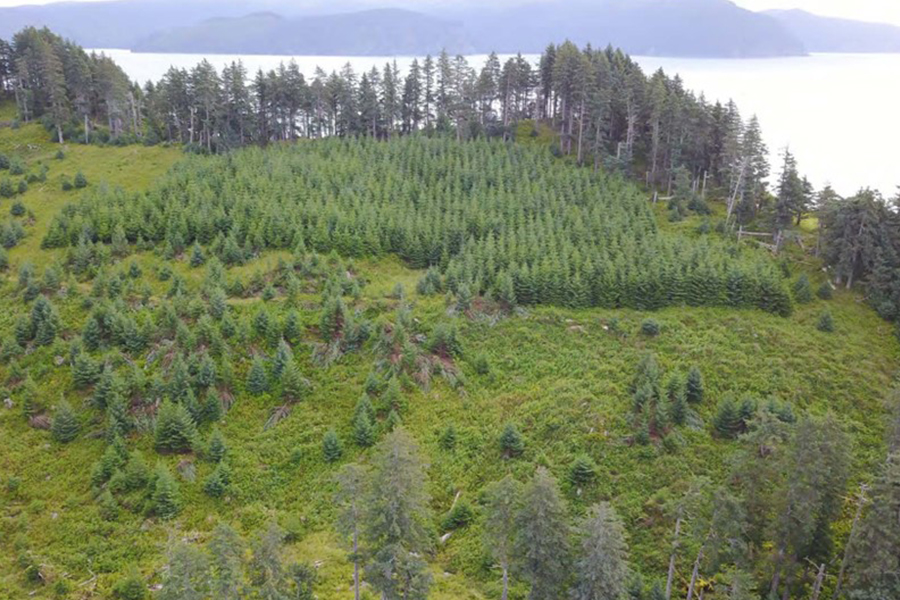
Both projects are using locally sourced Sitka spruce seed from Juneau, which has been shown to dramatically increase tree growth. Going forward into the next few years, NRCS staff and Alaska Native landowners are excited to implement the Inflation Reduction Act funds on-the-ground and to create meaningful change on the landscape.
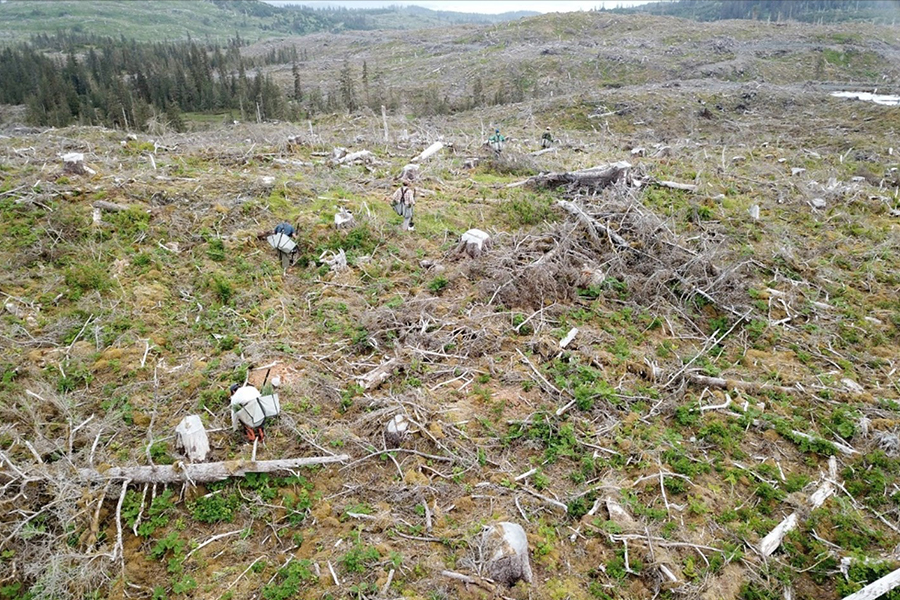
“For Afognak Native Corporation, the [Inflation Reduction Act] funding is significant as it allows us to replant and regenerate our forests, while keeping our camp open for subsistence use,” said Dr. Malia Villegas, Senior Vice President of Community Investments with Afognak Native Corporation. “Our lands and our cultural practices are central to who we are, and we could not be more grateful for this investment that helps us preserve both in perpetuity.”
Tracy Robillard is a public affairs specialist for NRCS in Alaska.

